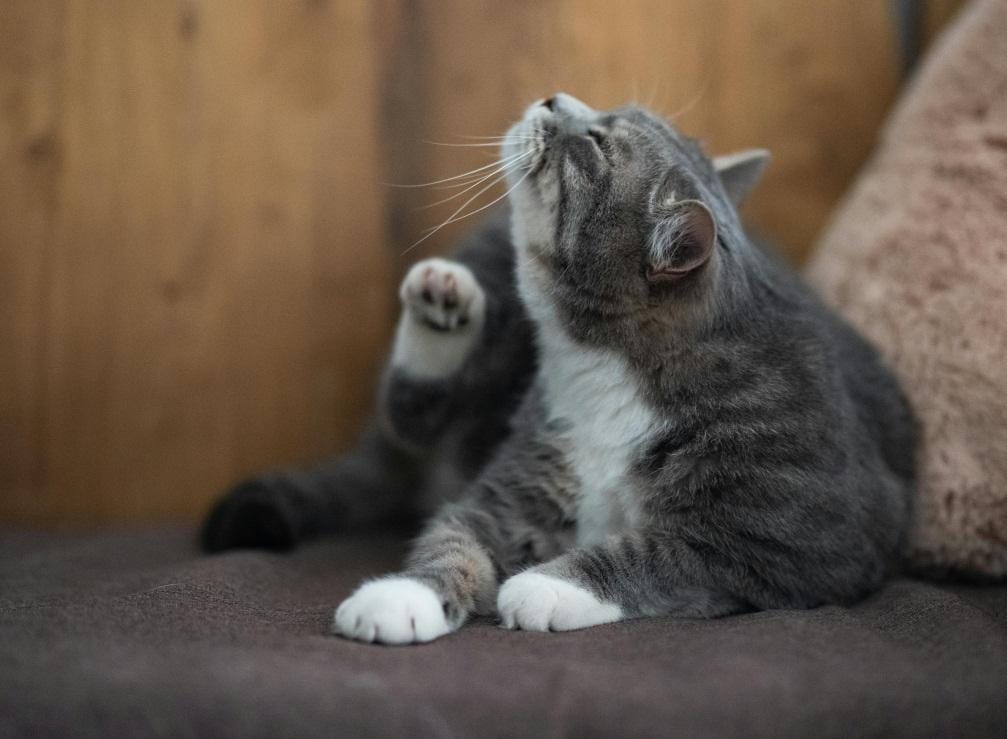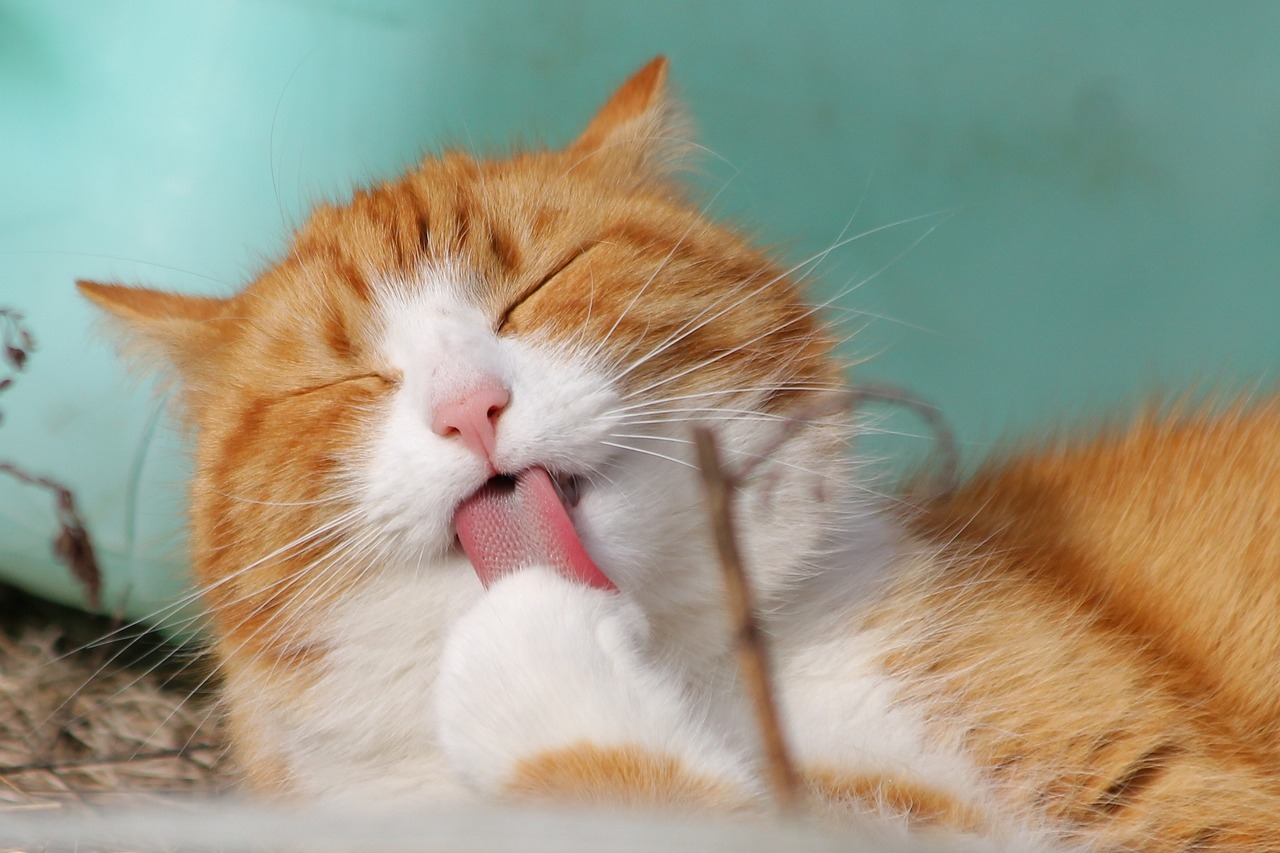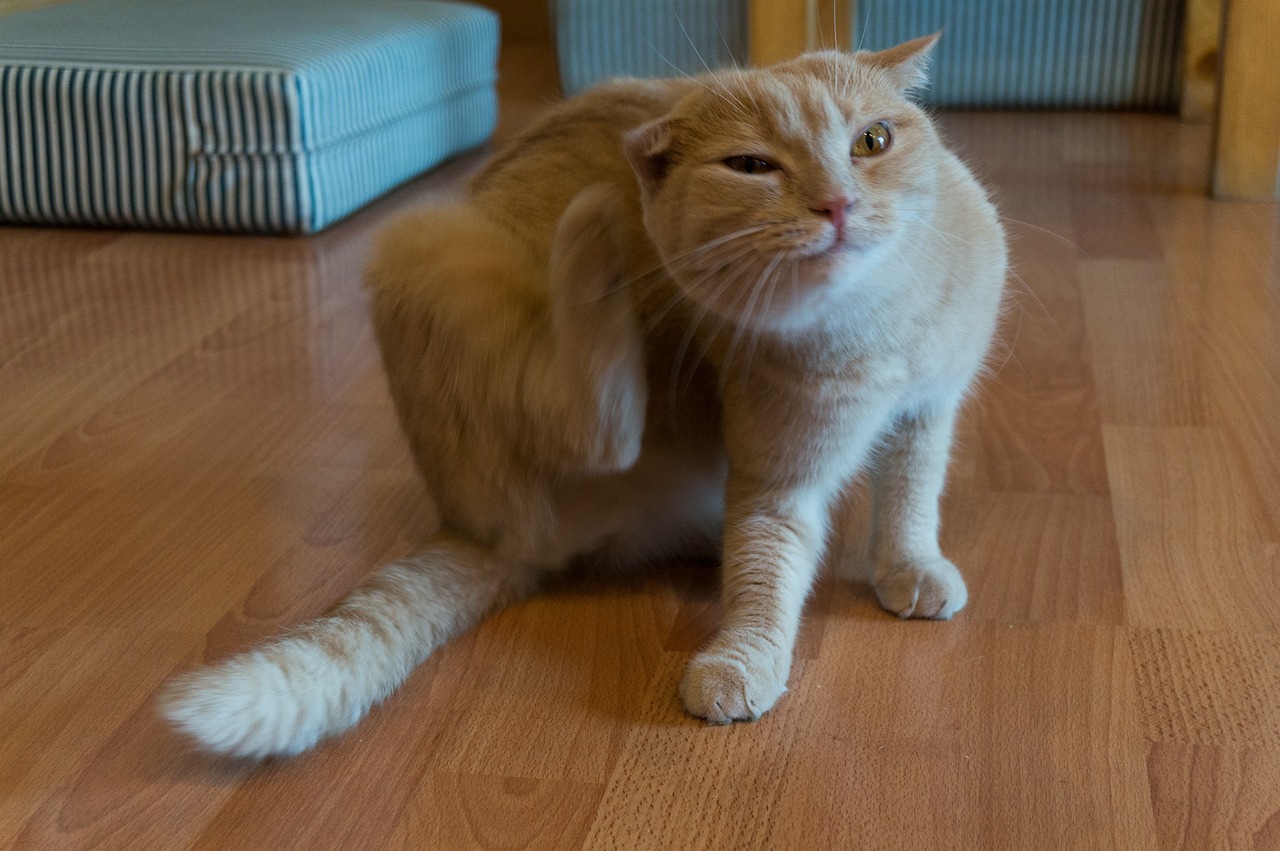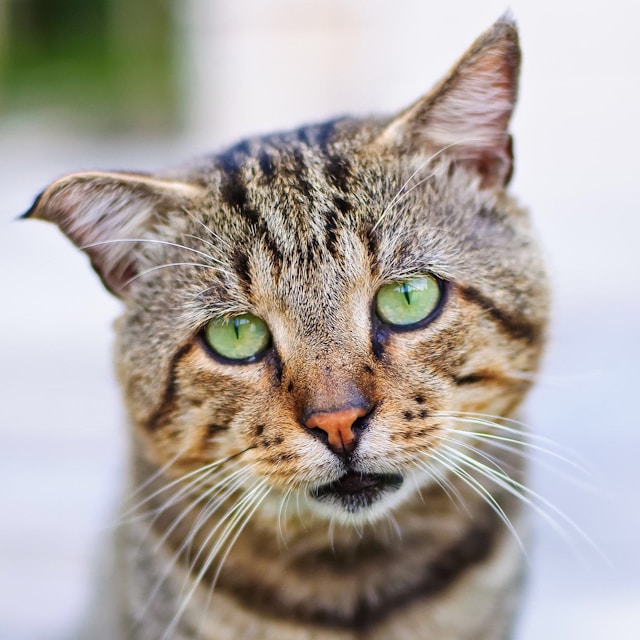Tonkinese

| Official Name | Tonkinese |
| Common Name | Tonkinese |
| Pet Height | 7 to 10 inches |
| Pet Weight | 6 to 12 pounds |
| Lifespan | 15 to 20 years |
| Good With | cats, children, dogs, families, seniors |
| Temperament | affectionate, bold, sociable |
| Intelligence | high |
| Shedding Amount | occasional |
| Playfulness | high |
| Energy Level | active |
| Vocal Level | frequent |
| Coat Length | short |
| Colors | blue/gray, chocolate/brown/sable, cream/beige/tan |
| Patterns | color point |
| Other Traits | easy to groom, easy to train, friendly toward humans, friendly toward other pets, good lap cat, strong loyalty tendencies, tolerates being picked up |
They are sure to catch your attention with their striking appearance—complete with a sleek coat and bright, jewel-toned eyes. But it's not just about looks! Tonkinese cats are highly social and love being around people. Whether they're engaging in playful antics or snuggling on your lap, they thrive on companionship and enjoy spending time with their families.
Though a purebred Tonkinese can be rare, you can expect to pay between $600 to $1,200 from a reputable breeder. With their affectionate nature and playful energy, these cats make wonderful additions to homes where they can be adored and doted on.
Appearance
The Tonkinese cat is a striking breed known for its unique and glamorous look. With a sleek, pointed coat, graceful legs, and bright, captivating eyes, these cats definitely stand out.
Tonkinese cats are medium-sized but feel surprisingly heavy and muscular when you pick them up, weighing between 6 to 12 pounds. They have almond-shaped eyes, slim legs, and medium-sized ears. Their short, fine coats are smooth and silky to the touch and don't shed much. However, it's important to note that while their shedding is minimal, Tonkinese cats aren't hypoallergenic—and in reality, no cat breed truly is.
As described by the Tonkinese Breed Association, their coats come in four primary colors: platinum, champagne, natural, and blue. These colors are also classified into three patterns: high-contrast point pattern, medium-contrast or "mink" pattern, and low-contrast or solid pattern. A Tonkinese cat's eye color is linked to its coat pattern. Mink-patterned cats usually have aqua-colored eyes, point-patterned Tonkinese tend to have blue eyes, and solid-patterned cats often have green eyes.
Their combination of looks and personality makes the Tonkinese a one-of-a-kind companion.
Personality
Tonkinese cats are the perfect companions for anyone looking for an affectionate and social pet. Unlike some cats that may seem distant, Tonks are the opposite! These loving kitties thrive on being lap cats, always ready to shower their family with affection. They inherit their curiosity and intelligence from their Siamese roots, while their Burmese side gives them a warm, energetic personality.
According to Marilyn Krieger, a certified cat behavior consultant in San Francisco, "They're definitely outgoing and very much 'people cats.' They shouldn't be left alone for long periods, as they love having company."
Tonkinese cats are playful and intelligent and love being involved in whatever their owners are doing. They're also incredibly chatty—so expect lots of meows and conversations! Some might say they're a bit bossy, but it's all part of their charm.
Known for their cleverness, Tonks are quick to learn new tricks and enjoy playing with interactive toys. These lively cats are also great entertainers, often jumping around and being goofy to make sure their family has a good time.
Living Needs
If you're looking for a cat that thrives on attention and companionship, the Tonkinese is the perfect fit. This affectionate breed loves to be part of everything you do, following you from room to room, snuggling on your shoulder, and joining in your daily activities. Because they crave so much time and attention, they really dislike being left alone. In fact, experts like Krieger recommend having two Tonkinese cats so they can keep each other company when you're not around.
Tonkinese cats are known for their intelligence and social nature. They love interacting with people and are always eager to greet any visitors. These cats quickly become part of the family and adapt well to most living spaces. However, because they're pretty talkative, you might want to reconsider if you live in an apartment with thin walls.
While Tonkinese cats are loving and social, they can get into trouble if bored. Providing plenty of stimulation is key to keeping them happy. Make sure to have scratching posts, a variety of toys, and climbing options like tall cat trees or shelves. These active cats enjoy jumping and climbing, and they'll love having a window perch to relax on while watching the world outside.
"They're highly active, highly intelligent cats," says Krieger. "They won't just lounge around all day. They need things to do and people to interact with."
Tonkinese cats generally get along well with kids, other cats, and cat-friendly dogs. Introducing them to new people and pets early on is helpful so they feel comfortable in social situations.
Care
Tonkinese cats are pretty good at grooming themselves, so they don't need much help from their owners. According to Kurt Venator, a veterinarian and chief veterinary officer at Purina, all you need to do is give them a quick brush once a week to keep their coats looking smooth and shiny. If they happen to get messy, a bath is rarely needed, but you'll want to trim their nails, clean their ears, and keep their litter box fresh.
These clever and active cats thrive on mental and physical stimulation. They love interactive toys, cat trees, and other activities that let them jump and play. Krieger suggests providing plenty of enrichment for your Tonkinese. They enjoy games like chasing rolled treats. If you have cat trees or high places in your home, try hiding treats or food up there to encourage them to climb and explore.
Clicker training your Tonkinese can be a breeze since they are intelligent and eager to learn, although they might also have a mind of their own. Using treats and praise can help motivate them during training.
Make sure to feed your Tonkinese a high-quality cat food that your vet recommends. Since this breed can quickly gain weight, watching their portion sizes is important to keep them healthy.
Health
The Tonkinese cat is generally a healthy breed, with a lifespan of about 15 to 20 years. However, they can be prone to health issues, including gum disease, digestive problems, and respiratory infections. According to Venator, they may also have a genetic tendency towards a heart condition known as hypertrophic cardiomyopathy.
If you're getting a Tonkinese kitten, look for a responsible breeder who tests for health issues. It's also crucial to schedule regular vet check-ups and follow your veterinarian's advice. Keep in mind that some health problems can develop as your cat gets older, so routine monitoring is essential.
Exercise Requirements
Tonkinese cats are lively and playful companions that thrive on daily exercise. They enjoy games like fetch and hide-and-seek, which not only get their hearts racing but also keep them engaged. These cats are known for their impressive jumps and may dash around your home if they have extra energy to burn. A cat wand with a feather or a mouse toy is perfect for sparking their interest, allowing them to chase and pounce while exercising their minds and bodies. By dedicating time each day to active play, you'll help your Tonkinese stay fit and healthy.
Training
These clever cats love to learn and can be trained to do a variety of tricks and activities. They pick up on using the litter box quickly and will let you know how often they want it cleaned! Playful by nature, they can even learn to play fetch, jump through hoops, or walk on a leash. Using praise and treats can help reinforce their training and encourage good behavior.
History
The Tonkinese cat we know today has a fascinating history that dates back to the 1880s in Britain. Initially, it was called a "Chocolate Siamese" at a cat show, named for its striking dark brown coat and resemblance to the Siamese breed. Unfortunately, the Tonkinese didn't gain much popularity in the UK and eventually disappeared from the scene.
However, these cats continued to thrive in Thailand and the area once known as Burma (now Myanmar). This was likely due to natural breeding between Siamese and Burmese cats. One significant cat, Wong Mau, was brought to the United States in the 1930s. She played a crucial role in the development of the modern Burmese and Tonkinese breeds.
In the 1950s, a breeder named Milan Greer decided to intentionally mate Siamese and Burmese cats. Although Greer eventually stopped his breeding program, the idea caught the attention of other breeders. Notable figures like Jane Barletta from New Jersey and Margaret Conroy from Ontario began their efforts to cross these breeds. Their work led to the creation of the Tonkinese, named after the Tonkin region in northern Vietnam.
Fun Facts
A Tonkinese cat holds the record for the largest litter of kittens ever born, with an incredible total of 19 babies! In comparison, most house cats usually have about five kittens in a litter.
Interestingly, the color of your Tonkinese cat's coat can change depending on the temperature. A special enzyme in their fur makes their coats darker when it's cooler.
Get insurance plans with wide-ranging coverage options













